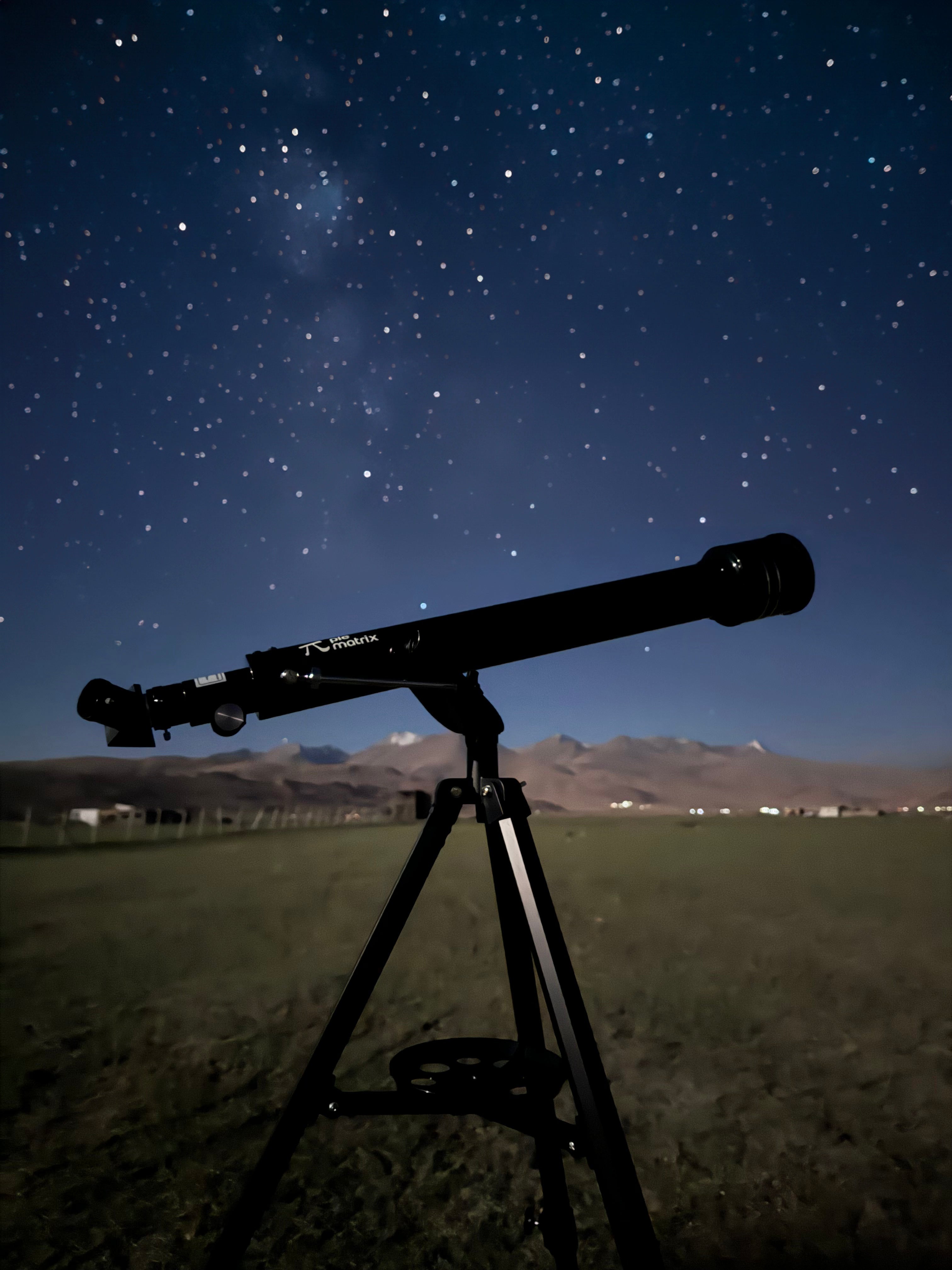Looking at the night sky through a telescope is an exciting experience, but sometimes an unclear view makes it really frustrating. Especially if you are using the best telescope to buy and still facing issues. Let us explore why your telescope gets blurry and how you can make your stargazing experience sharp and clear.
What are the Common Issues Behind Your Blurry Telescope and How Will You Fix Them?
Here are the common reasons why your telescope may be blurry and how to fix them:
1. Focusing the Eyepiece
The eyepiece is the part you look through. If it is not set up right, things can look fuzzy.
Solution
Adjust the focus knob slowly while looking at a bright star or the Moon until the image becomes sharp. Ensure the eyepiece is clean and securely in place. Dust or smudges can make images blurry.
2. Choosing the Right Eyepiece
Using an eyepiece that magnifies too much can make objects look blurry.
Solution
-
Start with Low Magnification: Begin with an eyepiece that has a larger number, like 20mm or 25mm. This gives a wider view and makes it easier to find and focus on objects.
-
Increase Magnification Gradually: Once you have focused with a low-power eyepiece, you can switch to higher magnification to see more details.
3. Keeping the Telescope Clean
Dust and dirt on your telescope's lenses or mirrors can cause blurry views.
Solution
Use a soft, lint-free cloth and special lens cleaner to gently wipe your telescope's lensesThis not only keeps dust and dirt away but also saves your glasses from scratches.
4. Aligning the Mirrors (Collimation)
In telescopes with mirrors, like reflectors, the mirrors need to be lined up correctly. If they are not, images can appear fuzzy.
Solution
-
Learn About Collimation: This is the process of adjusting mirrors. Many telescopes come with instructions on how to do this.
-
Use a Collimation Tool: Tools like a laser collimator can help make this process easier.
5. Letting the Telescope Adjust to the Temperature
If you take your telescope from a warm house into the cool night air, the lenses or mirrors can fog up, causing blurry images.
Solution
Set up your telescope outside about 30 minutes before you start observing. This allows it to adjust to the outdoor temperature.
6. Avoiding Atmospheric Turbulence
The air above us is always moving. This atmospheric turbulence can make stars look like they are twinkling a lot, which can blur your view.
Solution
-
Choose the Right Time: The air is usually steadier later at night or early in the morning.
-
Find a Good Spot: Observe from a place away from buildings or concrete, which can release heat and cause more air movement.
Which is the Best Telescope to Buy?
Sometimes, telescopes themselves might be the issue. Using a high-quality telescope can make a big difference. Here are certain considerations that will help you understand which is the best telescope to buy.
-
Aperture Size: This is the diameter of the main lens or mirror. A larger aperture lets in more light, which helps you see dimmer objects more clearly.
-
Quality of Optics: Good-quality lenses and mirrors provide sharper images.
-
Sturdy Mount: A stable base keeps your telescope steady, reducing vibrations that can blur images.
Key Takeaways
By focusing properly, keeping your lenses clean, and choosing the right magnification, you can fix the common issues. If you are still facing problems, it might be time to upgrade to the best telescope to buy for your needs.
Want expert tips on choosing the perfect telescope? Visit PieMatrix to explore in-depth guides and recommendations to buy telescopes!


Share:
How to Upgrade Your Telescope for Better Performance?
Exploring Deep-Sky Objects with a Dobsonian Telescope